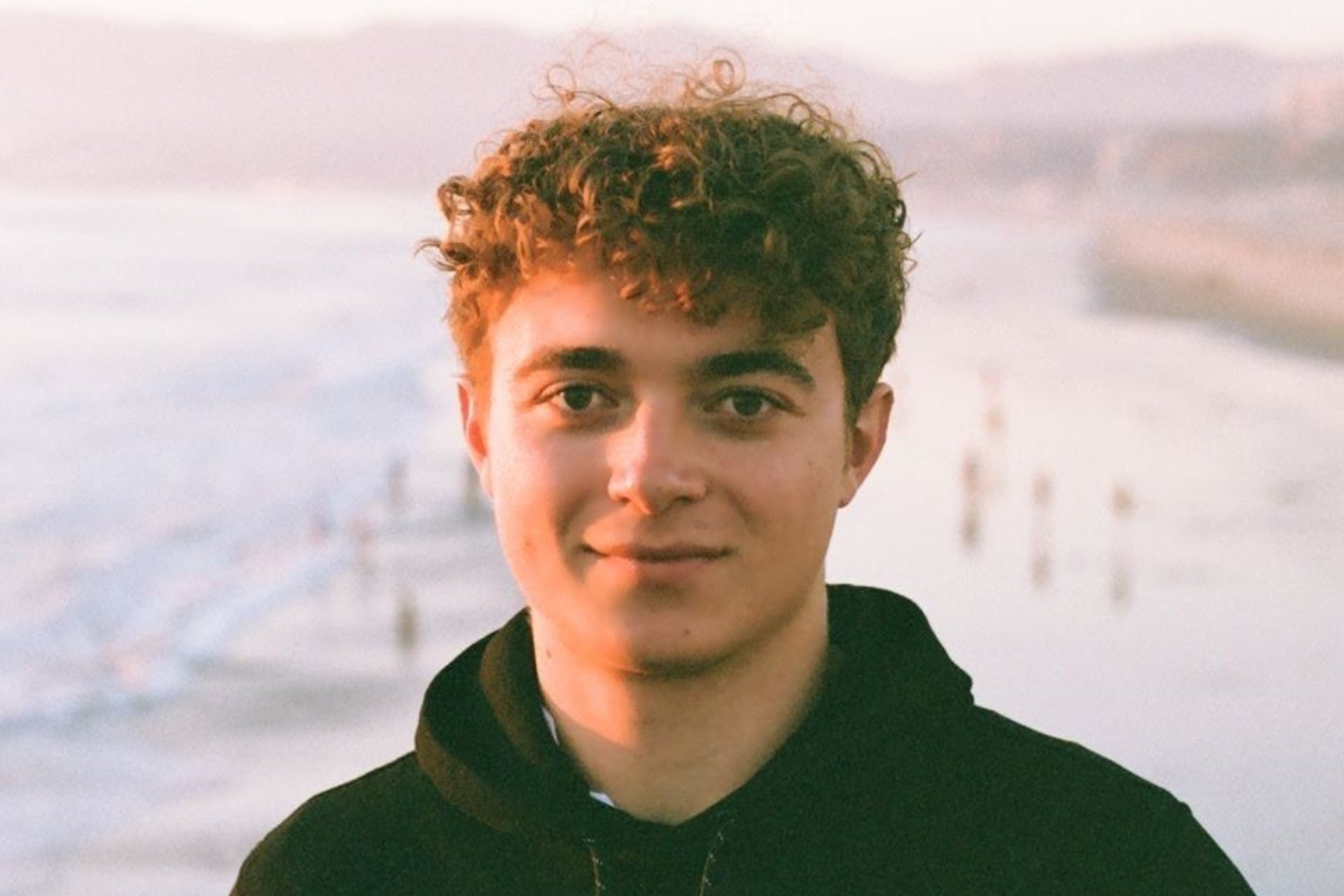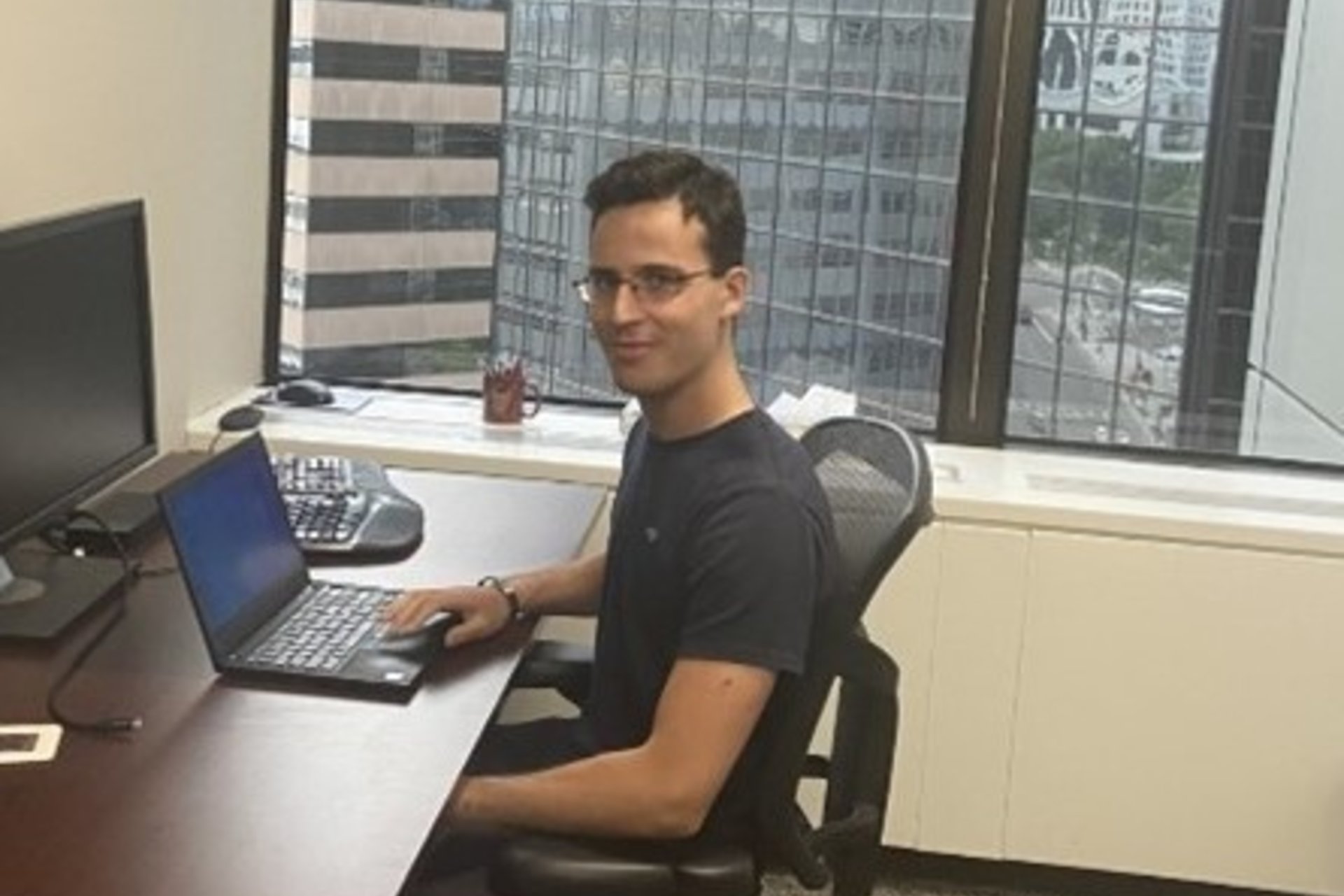Towards a better use of Distributed Energy Resources for the electric grid
Paula Charles, MS '23, Civil & Environmental Engineering, Atmosphere/Energy Program
Graduate Fellow
Hawai'i Public Utilities Commission

This summer, I am working in the Office of Policy and Research of the Hawai’i Public Utilities Commission (HPUC). The State of Hawai’i is one of a kind in the country: the only state that is an archipelago and the only state in the tropics. It fosters unique energy challenges – energy independence and affordability – and Hawai’i is aggressive in its energy agenda, setting a goal to achieve 100 percent clean energy by 2045. With the increase of electrification, facilitating a clean, affordable and resilient electric grid is more valuable than ever.
The Hawai’i Public Utilities Commission is a major actor in that transition, as it regulates utilities that provide electricity, gas, telecommunications, water and transportation. Its mission is to ensure that customers receive fair, reliable and affordable service, and the HPUC recently adopted a performance-based regulation (PBR) framework to better align utilities’ interests with customers’ and with the State’s clean energy goals. Among others, this regulation incentivizes the enrollment of distributed energy resources (DERs) to provide grid services such as capacity building, capacity reduction and fast frequency response. But in the long run, the HPUC aims at incentivizing not only the enrollment but also the utilization of these DERs for grid services. Indeed, DERs are relatively new for utilities which tend to be more comfortable using conventional, centralized powerplants. My work of the summer is to provide a draft for such an incentive.
Developing a performance incentive mechanism requires several steps: (1) defining goals, (2) identifying metrics, (3) setting performance targets and (4) adding financial rewards and penalties. These steps will guide my work this summer. It is exciting to take on this project, where I get to draft such a mechanism on my own.
How is my typical day like? I get to go to the office two to three times a week, but most of the team is working remotely, as a flood damaged part of the office. Every day, I have a short meeting with my mentors Dave Parsons, Chief of Policy and Research, and Grace Relf, Senior Utility Analyst, where we get to discuss my ideas and the next steps. I spend the rest of the day working on my project, attending meetings related to my work, and reading dockets and other documents.
While it is still early in the summer, I have learned a lot about PUCs, Hawai’i’s unique grid, and I am starting to understand much more deeply the challenges when integrating distributed energy resources to a grid. I have also gotten to know the team and how they work. The opportunity to work on a project at the interface between different dockets (DER docket and PBR docket) has enabled me to interact with more people.
When I am not working, I enjoy the island of Oahu, its beaches, hikes, and wildlife – I met Hawaiian Green Sea Turtles for the first time last weekend and Hawaiian monk seals, one of the most endangered marine mammals in the world!



